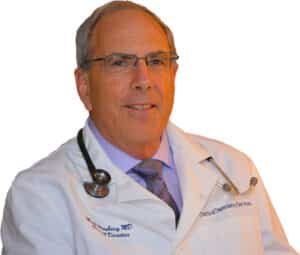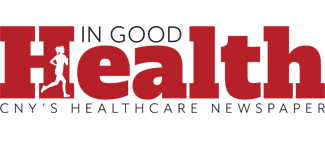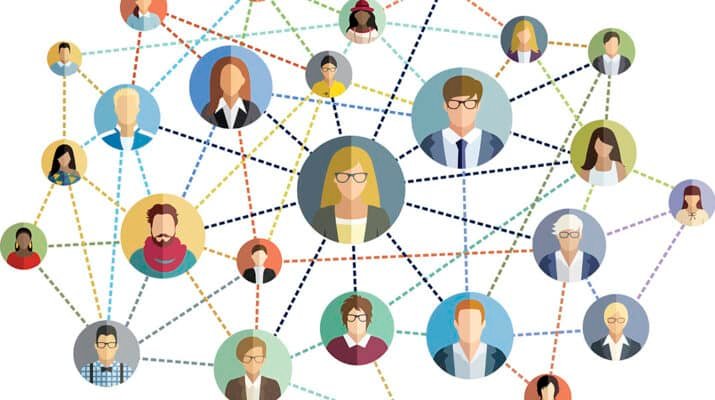Mark Winsberg, M.D.
 Addiction is a disease that doesn’t just affect the person using alcohol or drugs. It affects their entire world—their family, friends, coworkers, and community. It changes relationships, creates emotional distance and often causes deep pain and confusion. One of the hardest parts of addiction is that it isolates people—from themselves, from others, and from hope.
Addiction is a disease that doesn’t just affect the person using alcohol or drugs. It affects their entire world—their family, friends, coworkers, and community. It changes relationships, creates emotional distance and often causes deep pain and confusion. One of the hardest parts of addiction is that it isolates people—from themselves, from others, and from hope.
Addiction is often called a disease of isolation, and for good reason.
As substance use increases, connection decreases. People pull away, stop sharing their feelings and begin hiding parts of themselves. But this isolation doesn’t just happen to the person who’s struggling. It affects their loved ones too. When someone you care about is caught in addiction, you may feel shame, fear, frustration or helplessness. You might stop talking to friends about it. You might even distance yourself from the person you love, unsure how to help without being pulled into the chaos.
I know this all too well.
Many years ago, I had first-hand experience with this disease in the form of becoming addicted to a pain medication called tramadol, a pain medication marketed as a non addicting pain reliever.
As my using progressed, I withdrew from my wife, daughters, friends and colleagues.
It was a painful time—filled with uncertainty, guilt, and grief. When I finally admitted what I was doing and found help through a state physician health program, the lying and isolating behavior was interrupted, and I and my family began to heal. Finding people who understood, being honest about what we were going through and realizing that we weren’t alone helped us start to re-establish old connections, establish new ones, and to rebuild our lives.
Today, as a physician specializing in addiction medicine, helping people come out of isolation is at the center of the work I do. I meet patients who are lost in the chaos of their addiction and try to help guide them back into connection—with themselves, their loved ones, and their communities. There’s no one-size-fits-all solution, but over time, I’ve seen that connection is the most powerful medicine we have.
There are many paths to recovery, and different people need different tools. Here are some of the most widely used and evidence-based treatment options available today, all of which are available here in in the region:
• 12-step programs like Alcoholics Anonymous (AA) or Narcotics Anonymous (NA) provide a supportive community of people in recovery both in-person and online. These meetings are free, widely available, and grounded in the shared experience of addiction and recovery. They offer structure, guidance, and a sense of belonging.
• Outpatient substance use treatment programs allow people to receive therapy and support while continuing to live at home and work. These programs typically include individual counseling, group therapy, and education about addiction.
• Inpatient or residential treatment for substance use Disorders provide a more intensive and structured environment, often helpful for those with more severe addiction or co-occurring mental health issues. These programs offer 24-hour support, medical care, and a focused environment for healing.
• Use of medications like buprenorphine, methadone or naltrexone with counseling and behavioral therapies can be especially effective for opioid and alcohol use disorders. It helps reduce cravings, manage withdrawal symptoms, and lower the risk of relapse.
• Individual therapy with a therapist trained in treating substance use disorders can help people explore the emotional and psychological issues that may underly their addiction. Therapy also teaches new coping strategies, builds self-awareness, and helps people heal from trauma.
• Group therapy and peer support connect people with others who are going through similar experiences. These settings foster understanding, accountability, and encouragement.
• Recovery coaching offers ongoing support and motivation from someone with lived experience in recovery. Coaches help people navigate challenges and stay on track with their goals.
Every one of these treatment options can be helpful—but none of them work in total isolation. Connection is what makes treatment meaningful. Whether it’s participating in a group therapy session, sharing your story at a 12-step meeting, or opening up to a doctor for the first time, healing begins when you feel seen, heard, and understood.
For families and loved ones, the journey can be just as difficult. Watching someone you care about battle addiction can be heartbreaking. You may try to help, only to feel rejected, manipulated, or ignored. You may wonder if you’re doing too much—or not enough.
It’s important to know that you also need support. Groups in the region are specifically designed for people affected by someone else’s addiction. These groups teach a powerful principle called “love with boundaries.” It means staying connected without enabling harmful behavior. It means protecting your own well-being while still offering care and compassion. It’s not about giving up—it’s about learning how to love in a healthy, sustainable way.
In my own recovery, connection saved my life. In my work as a physician, I see it save lives every day. It doesn’t always happen quickly. Recovery is a process, and it can be messy and nonlinear. But when people begin to connect—to themselves, to others, to a sense of purpose—things start to shift. Healing becomes possible.
If you or someone you care about is struggling with addiction, reach out. There are people who understand. There are treatment options that work. And there is hope. Because when isolation ends, recovery can begin.
Physician Mark Winsberg is the former medical director of Rochester Regional Health chemical dependency department. He now owns Medical Services, PLLC in Rochester. Contact him at drmark@winsbergmd.com or via text message at 585-565-5220. For more information, visit www.winsbergmd.com.

